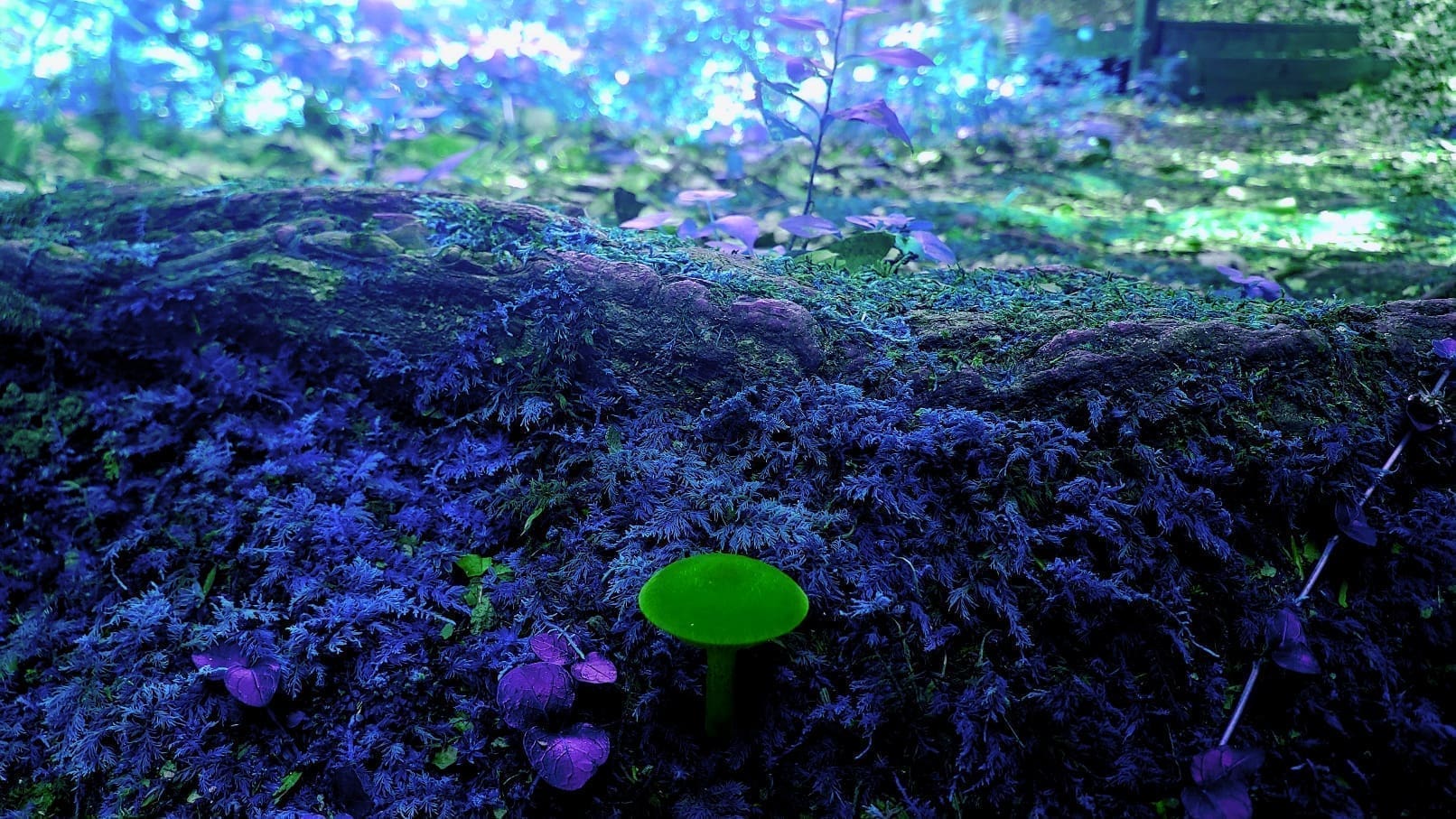Unveiling the Hidden World: Mycelium’s Underground Kingdom
Beneath our feet lies a mysterious and intricate realm that few of us ever get to explore – the world of mycelium. These thread-like structures make up the vegetative part of fungi and play a crucial role in our ecosystem. In this blog post, we will delve into the mesmerizing underworld of mycelium, uncovering its secrets, wonders, and significance in the natural world.
Mycelium is often described as nature’s internet, a complex underground network that connects various organisms and ecosystems. It’s a bit like the World Wide Web, but for the forest floor. The vast network of mycelial threads, called the “mycelial mat,” acts as a communication and nutrient-exchange system between different plant species. It’s a myco-internet that facilitates the sharing of vital resources and information.
One of mycelium’s most essential roles is its involvement in nutrient cycling. Fungi break down organic matter, such as dead trees and decaying leaves, into simpler compounds. Mycelium’s enzymatic activity helps transform these complex organic materials into nutrients that are readily available for plants. In return, plants provide mycelium with sugars created during photosynthesis. It’s a remarkable partnership that sustains entire ecosystems.
Mycelium doesn’t just serve as an underground nutrient exchange, it can also be a source of healing. Many cultures, particularly indigenous ones, have recognized the medicinal properties of fungi for centuries. From the antibiotic properties of certain mushroom species to the potential of psilocybin-containing mushrooms in mental health treatments, mycelium has a wealth of therapeutic potential.
Another fascinating aspect of mycelium is its role in bioremediation. These resilient fungi can absorb and break down various pollutants, including oil and heavy metals. They act as nature’s recyclers, cleaning up contaminated sites. Researchers are even exploring their potential in reducing environmental pollution and mitigating the impacts of human activities on the planet.
Mycorrhizal associations, a type of symbiotic relationship between mycelium and plant roots, are critical for plant growth and forest health. Mycorrhizae enhance a plant’s ability to absorb water and essential nutrients from the soil. It’s like a dynamic partnership that helps plants thrive in challenging environments and resist diseases.
Mycelium’s potential to replace traditional, more wasteful materials is a beacon of sustainability. In recent years, mycelium-based products have emerged as eco-friendly alternatives in various industries. Mycelium can be cultivated into lightweight, durable, and biodegradable materials, suitable for everything from packaging to furniture, insulation, and even fashion. These mycelium-based products not only reduce our reliance on resource-intensive materials but also promote sustainability by being fully biodegradable. As we seek more environmentally responsible solutions, mycelium offers a remarkable avenue to create products that harmonize with nature, minimize waste, and contribute to a more sustainable future. Check out some products here: https://www.ecovative.com/
The underground world of mycelium is a realm of intrigue, wonder, and ecological importance. These humble threads of life, often unseen and overlooked, are the unsung heroes of our forests and ecosystems. Mycelium’s ability to connect, communicate, heal, and revitalize the earth showcases the sheer brilliance of nature’s design. So, the next time you wander through a forest, remember to take a moment and appreciate the intricate web of mycelium beneath your feet – the true heartbeat of the Earth.

